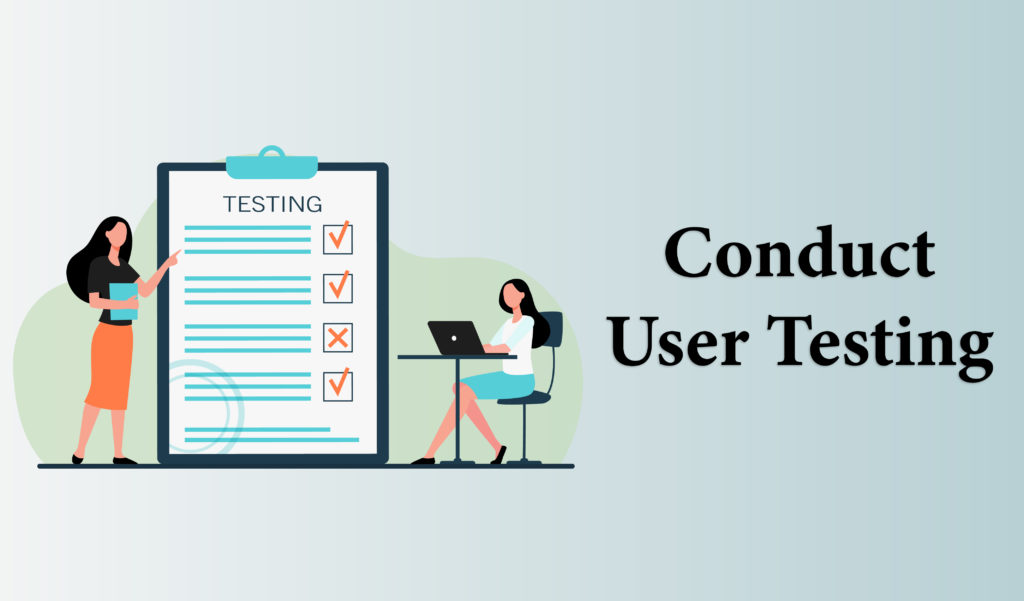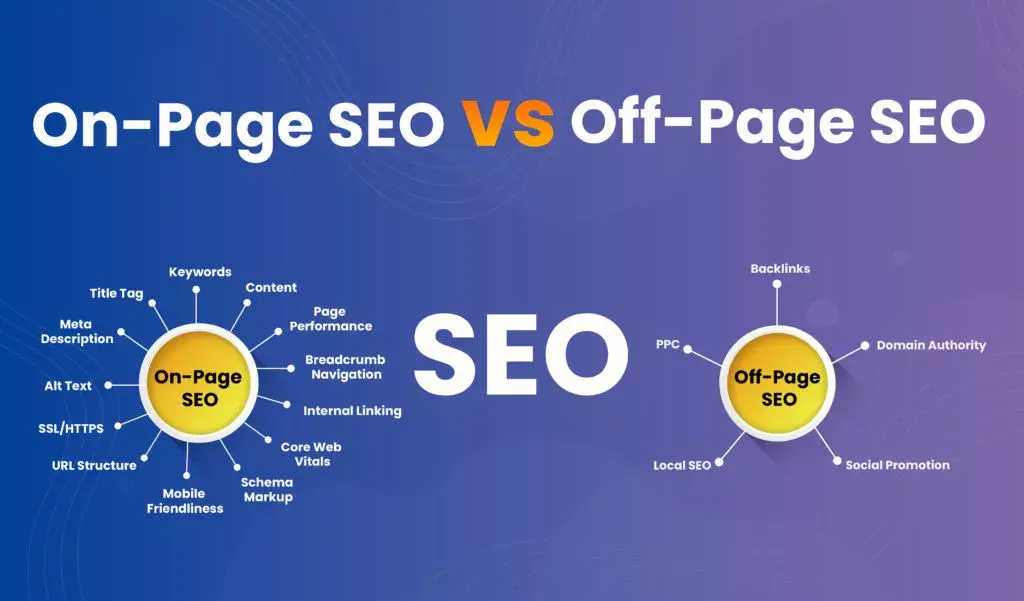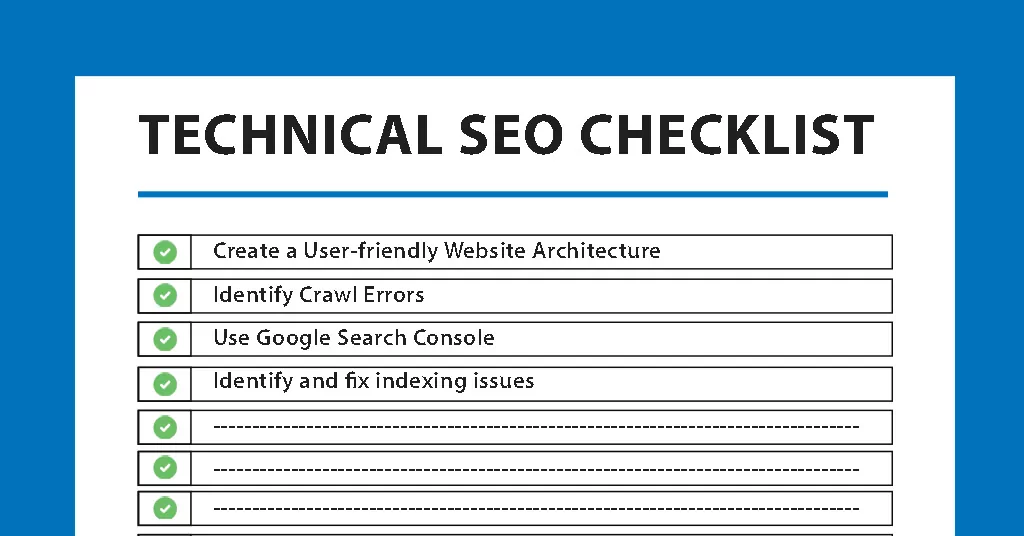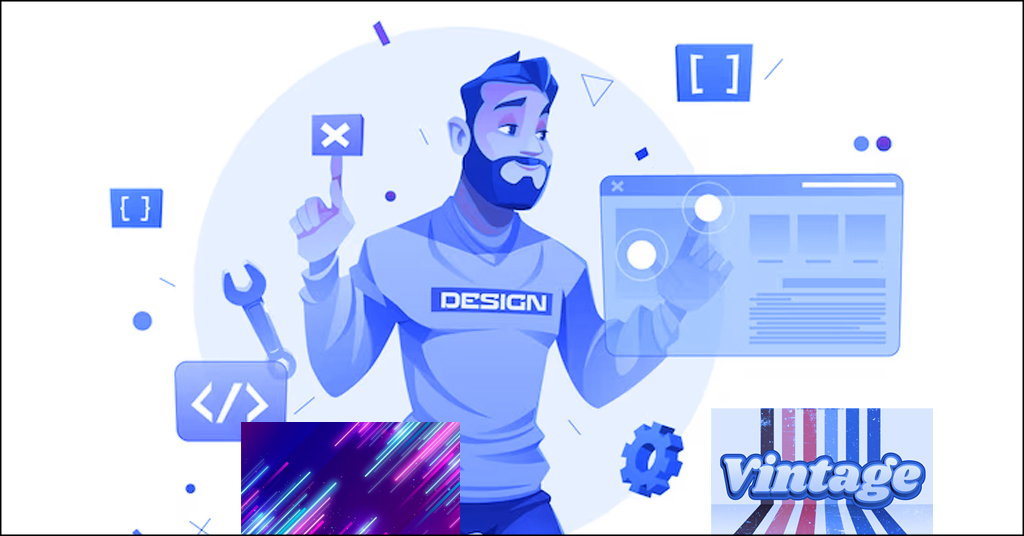A Must Needed Website Redesign Checklist for A Better Website
Table of contents

Do you have a website with a design from the 1990s and functionality from the stone age?
If that’s the case, it’s time to modernize. Customers form ideas about your company based on the style of your website. In fact, the design of your website accounts for 94 percent of initial impressions, and 75 percent of website trust.
Your website’s design, colors, components, information organization, and pictures – represent your company, brand, and values. Would you want to spend time on a website that is unappealing? Or how about a website that isn’t mobile-friendly? Not the one you would love to visit, right?
So, redesigning your website is the best thing you can do and you’ve come to the correct spot if you’re wondering if your website needs to be redesigned and what actions to take.
The main actions you should take while revamping your website are listed below by our Web Design Jacksonville experts. This way, you can keep track of whether you’re on the proper route. But the first, let us understand is it really the time to revamp your website.
What are the signs that your website needs to be redesigned?
Here are a few indicators that your website needs to be redesigned. Put your website under the microscope and use our website redesign checklist to see if it’s time to make a change.
Your website hasn’t been updated in years.
It’s tough to maintain your website without upgrading it on a regular basis, given how quickly the Internet evolves.
If you can’t recall the last time you gave your website a facelift, it’s time to check out our website redesign checklist.
Fresh, modern websites with smooth functionality and useful information are popular with both site visitors and search engines.
Even if it’s been a few years since your last makeover, you’ll benefit from our website redesign advice.
Your website isn’t optimized for mobile devices.
What does it mean to have a mobile-friendly website?
Whether users reach your site via computers, mobile devices, or tablets, mobile-friendly websites give the same fantastic experience.
You guessed it: if your website isn’t mobile or tablet friendly, it’s time to think about following our website redesign checklist for 2020.
Mobile searches are at an all-time high. In 2018, mobile phones accounted for 52 percent of all website traffic. That implies that more people are likely to visit your website on a mobile device than on a desktop computer – and if your site isn’t mobile-friendly, you’re losing out on potential leads and income!
Not to mention, in November 2016, Google launched its mobile-first index, which means that when it comes to indexing and ranking, Google prioritizes the mobile version of a website. Another reason why mobile compatibility is critical!
You may use a service like Google’s mobile-friendly test to assess your site’s mobile-friendliness, or you could:
Right-click on a web page to bring up a menu of options.
Select “inspect” from the menu.
To examine how your website looks on different devices, hold down Ctrl + Shift + M. Use the drop-down option at the top of the window to change the device displayed.
Your website isn’t bringing in any money.
Your website should be a lead-generating, revenue-generating machine, and if it isn’t, it’s time for a makeover. Of course, a lack of website traffic and leads can be caused by a variety of circumstances, but web design is one of them.
Even if your website design isn’t the primary cause of your decreasing leads and traffic, it’s never a bad idea to update it.
Your company has evolved.
Businesses change all the time, and your website should reflect your company accurately at all times. That is to say, if you have new items, your website should reflect that! If you’ve relocated or updated your branding, your website should reflect this as well.
Because your website serves as a virtual business card, it’s time to explore our website makeover checklist.
It’s crucial to remember that redesigning is a complicated process that may be approached in a variety of ways. A progressive upgrade of landing pages with an emphasis on conversion rate optimization (CRO) is one option, while a total makeover is another. You should choose what is best for you based on your budget and objectives.
If you’re thinking of redesigning your website, the first thing you should ask is: how do you know it’s time? If your website fulfills the majority of the criteria listed below, it’s time to revamp it.
Your business strategy and goals have shifted.
It’s been a long time since you created your website. Your company has most likely evolved and developed, which implies your marketing objectives have evolved as well. Your new approach should be reflected on your website.
Your website appears to be outdated.
Every year, new Web Design trends emerge. Initially, developers did not place a high priority on design. Now, design is crucial since it symbolizes your company.
People may assume that your company does not follow the newest trends if your website design is outdated. They may even doubt your credibility or the quality of your merchandise.
Your website isn’t bringing in any money for you.
If your website isn’t generating the same amount of revenue as it once did, it’s time to revamp it. This is particularly important for internet retailers. Your website’s products and services should be complemented with an exceptional user experience.
It takes a long time for your site to load. According to 83 percent of users, a website should load in 3 seconds or less. Your bounce rate will increase as your website speed decreases, and this will affect your conversion rate. A sluggish page can lead to 97 percent abandonment of a mobile shopping basket.
Furthermore, Google included website speed as one of the characteristics that its algorithms use when ranking sites a few years ago.
The speed of a design is unaffected by it alone. However, in most cases, a freelancer or an agency can help a website’s performance.
Your website’s visitors aren’t staying long, anymore
Visitors come to your website, but they don’t stay long or take any action. The causes for this might be numerous, but you should think about your website design. If your website looks unappealing, visitors will be less likely to remain and interact with it.
Your website is incompatible with mobile devices.
It’s typical to encounter troubles on mobile if your website hasn’t been rebuilt recently. This is unimaginable in 2020. In the United States, mobile devices account for 63 percent of Google visits.
To believe that becoming mobile-first is no longer an option. It’s a must. In terms of e-commerce sales, evidence suggests that following a negative experience with your mobile site, 40% of consumers will move to a rival.
Web Redesign Checklist
1. Identify the flaws in your present website

This is the first item on our website redesign checklist since it serves as the foundation for all of your other options. Platforms like SEMrush and Google Search Console can be helpful here.
To begin, compile a list of everything that you dislike about your present website.
Everything from the wording to the design, and everything in between, should be included on this list. This initial step can not only help you figure out what you want to improve about your website’s aesthetics, but it can also help you find other issues that are affecting its performance.
You could notice that your pages take a long time to load, for example. If this is the case, it isn’t a necessary part of the visual design, but it is a problem that may be preventing visitors from sticking on your site, therefore you should include it in your website redesign project plan.
After you’ve completed your list, circle all of the issues that are solely design-related. You’ll want to preserve the rest of the issues for your next website improvement project.
2. Determine how you’ll address the visual concerns with your website.
Okay, so you’ve compiled a laundry list of aesthetic design flaws on your website and are eager to address them. Hold your horses, though, since you’ll need to come up with a game plan first.
Rewrite the list of circled things that you have on your original list on a fresh sheet of paper. After that, come up with some aesthetic aspects that you’d want to use instead of the ones you have now.
For example, if the color of your text doesn’t stand out against the backdrop is one of your aesthetic issues, provide a proposal for how you would wish to remedy it.
Or perhaps you’ve determined that your navigation bar is too big and complicated. Make a basic recommendation, such as “simplify navigation bar.”
You’re making a list of action items to perform when you determine how to address your website’s difficulties.
3. Engage the services of a trustworthy website makeover firm
You may complete your website redesign checklist on your own if you have previous web design expertise; however, if you’re new to the field of web design, it’s better to leave it to the specialists. They can not only design a fantastic website for your business, but they can also collaborate with you to bring your visions to life. Not to mention, they’ll probably be able to complete it in significantly less time than you can, saving you valuable time in the process.
When looking for a website redesign company, look for one that has been around for at least a decade and has a diverse portfolio of designs that you like. You should also speak with them over the phone before signing any contracts and get a personalized quote.
4. Tell your designer about your objectives, your brand, and your own preferences.

If you don’t adequately convey what you’re searching for on a website, you’ll never get the website of your dreams.
Sit down with your website designer and discuss the two lists you’ve established, as well as how you’d like to alter your website to better suit your tastes.
Your site designer will most likely have a slew of suggestions for you, and we encourage you to listen! They know what they’re doing!
Make sure you provide any existing style guidelines with them so that they can include your present color scheme, fonts, and styles into your website redesign project plan.
5. Provide input on the design to your designer.
Your Website Design Company will most likely start with a wireframe, which is a simplified version of your website. This is the time and opportunity to tell them what you like and don’t like about their design so you can come up with the perfect final result. It’ll be time to launch when you’ve given them your comments and they’ve made the necessary improvements.
6. Conduct user testing

It’s time to do user testing when people have had an opportunity to utilize your website. This can assist you in better understanding how people interact with your website and determining what customers think of it.
Do you have a button that doesn’t seem to be getting any clicks? It might be because of the button’s color or text.
User testing may assist you in identifying the minor nuances that might make or break your design in the perspective of your target audience.
7. Make a variety of non-aesthetic modifications
Remember how we encouraged you to jot down everything you wanted to alter about your website at the start of our website redesign checklist? Now is the moment to take action on the non-aesthetic issues.
Identify the flaws in your website and then come up with a game plan to address them. Here are some factors that you can consider while planning your website. Engage the services of a trustworthy website makeover company for an easy-to-use revamp. When looking for a website redesign company, look for one that has been around for at least a decade and has a diverse portfolio of designs that you like. Tell your designer about your objectives, your brand, and your own preferences to convey what you’re looking for in a website. Designers will most likely start with a wireframe, which is a simplified version of your website.
Make sure you provide any existing style guidelines with them so that they can include your present color scheme, fonts, and styles into your website redesign project plan. User testing can help you identify the minor nuances that make or break your design.







